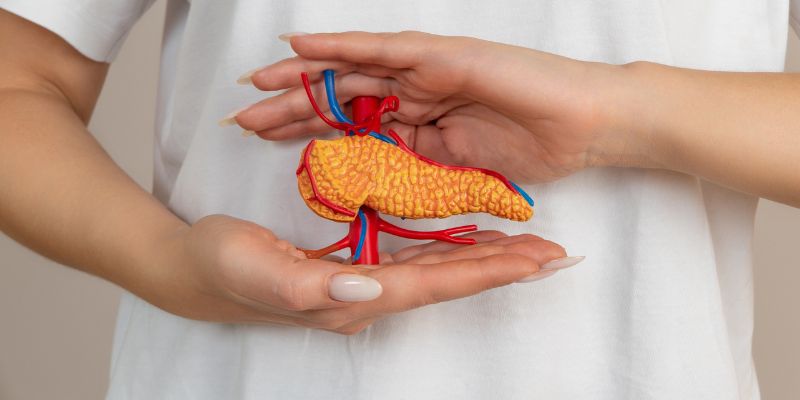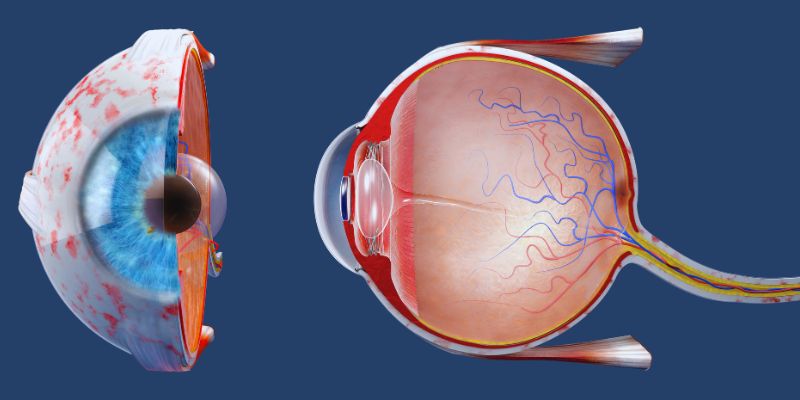Effective Ways to Relieve Sciatic Nerve Pain
Sciatic nerve pain, starting in the lower back and radiating down the leg, hampers daily life. Mastering effective relief techniques, like exercises and lifestyle shifts, is key. Targeting the root causes can bring lasting relief and a pain - free existence.
Sciatic Nerve Pain: Understanding
Sciatic nerve pain, or sciatica, is pain that radiates down the path of the sciatic nerve, branching off your lower back down through your hips and down each leg. Most commonly, it happens when this nerve is irritated or pinched, most often from such things as a herniated disk, spinal stenosis, or a bone spur.
Common causes:
- Herniated Disk: When the soft interior of an intervertebral disk protrudes and compresses the sciatic nerve.
- Spinal Stenosis: A narrowing of the spinal canal that pinches the nerves.
- Piriformis Syndrome: A condition where piriformis muscle of buttocks is responsible for the irritation of the sciatic nerve.
- Trauma or Injury: Falls or injuries that compress or damage the nerves.
- Degenerative Disk Disease: Spinal wear and tear related to age that irritates the nerves.
Common Symptoms:
- Knife-like or sharp pain that radiates from the back to the leg.
- Numbness or tingling over the route of the nerve.
- Weakness of the involved leg or foot.
- Struggling to sit, stand, or walk for extended periods.
- Chronic pain on one side of the lower limbs.
Lifestyle Adjustments:
Maintaining proper posture plays a crucial role in preventing and alleviating nerve-related issues. Proper alignment of the spine reduces unnecessary pressure on the nerves and minimizes the risk of pain or irritation. This involves sitting, standing, and moving in ways that support the natural curves of the spine, thus promoting better overall spinal health.
Ergonomic Considerations for Workspaces:
Creating an ergonomic workspace is essential for supporting proper posture, especially for those who spend extended periods sitting or working at a desk. This includes using an adjustable chair that supports the lower back, positioning the computer screen at eye level to prevent neck strain, and ensuring the keyboard and mouse are placed to allow relaxed arms and wrists.
Stretching and Exercise:

Stretching and exercise play a vital role in preventing and alleviating discomfort caused by prolonged sitting or poor posture. Incorporating targeted stretches and low-impact exercises can greatly improve flexibility, strength, and overall well-being.
Recommended Stretches for Relief:
Engaging in specific stretches can help relieve tension and prevent posture-related discomfort. Below are some effective exercises categorized for targeted relief.
Neck and Shoulder Stretches:
Neck and shoulder stretches are essential to alleviate tension caused by prolonged sitting or working at a desk. A simple neck stretch involves gently tilting your head to one side, holding for about 10-15 seconds, and then switching to the other side.
Shoulder rolls can also release stiffness—roll your shoulders backward and forward in slow, controlled motions. Combining these stretches with deep breathing enhances relaxation and promotes better blood circulation to tense areas.
Back and Spine Stretches:
Focusing on the back and spine can ease stiffness and improve posture. A cat-cow stretch is an excellent choice for this, where you alternate between arching your back and rounding it while on all fours.
Another effective stretch is the seated spinal twist, which gently rotates the spine to improve flexibility and relieve tension. These exercises not only support spinal health but also reduce the risk of chronic back pain and improve overall movement.
Low-Impact Exercises to Strengthen Muscles:
Engaging in low-impact exercises is a safe and effective way to build strength without putting excessive strain on the joints.
Bodyweight Squats:
Bodyweight squats are a perfect low-impact exercise for strengthening the lower body, particularly the thighs and glutes. By performing squats with proper form, you can improve mobility, build endurance, and develop balance.
Squats also help engage the core muscles, enhancing stability and reducing the risk of injury. Beginners can start with a chair for added support, while more advanced individuals can increase reps or hold light weights to add intensity to the workout routine.
Modified Push-Ups:
For building upper body strength, modified push-ups are an excellent choice. By doing push-ups on your knees or against a wall, you reduce the pressure on your wrists and shoulders while still targeting major muscles like the chest, arms, and core.
This variation helps improve posture, stability, and upper body endurance. With consistent practice, it can serve as a stepping stone to performing standard push-ups. Remember to focus on maintaining proper alignment to get the maximum benefits from this exercise.
Home Remedies:
Home remedies are simple, natural solutions often used to address common ailments and improve overall health.
Herbal Teas
Herbal teas, such as chamomile or peppermint, are effective for promoting relaxation and aiding digestion. Chamomile tea can help reduce stress and improve sleep, while peppermint tea soothes upset stomachs and alleviates bloating.
These teas are easy to prepare and often have no side effects when consumed in moderation. Sipping a warm cup can provide comfort and support overall well-being. Always consult a healthcare provider if symptoms persist or for potential allergies to specific herbs.
Honey and Lemon
A combination of honey and lemon is a well-known remedy for soothing sore throats and boosting immunity. Honey acts as a natural antibacterial agent, while lemon provides a dose of vitamin C and antioxidants. Mixing these with warm water creates a drink that can ease discomfort and promote hydration.
This remedy is especially popular during cold and flu season, offering a natural way to alleviate coughs and throat irritation without relying on synthetic medications. Adjust quantities to suit your taste preferences.
Ginger Tea

Ginger tea is another effective home remedy, known for its anti-inflammatory and antioxidant properties. Ginger can help soothe nausea, improve digestion, and relieve cold symptoms. To prepare, slice fresh ginger root and steep it in hot water for several minutes.
Optionally, add honey or lemon for extra soothing benefits and enhanced flavor. This warm, comforting drink not only alleviates discomfort but also supports overall wellness, making it a staple in natural healing practices.
Conclusion:
Incorporating natural remedies like honey and lemon water or ginger tea into your routine can provide a simple yet effective way to support your health and well-being. These time-tested solutions offer relief from common ailments while nourishing the body with essential nutrients. By turning to these remedies, you can avoid over-reliance on synthetic medications and embrace a more holistic approach to wellness.












